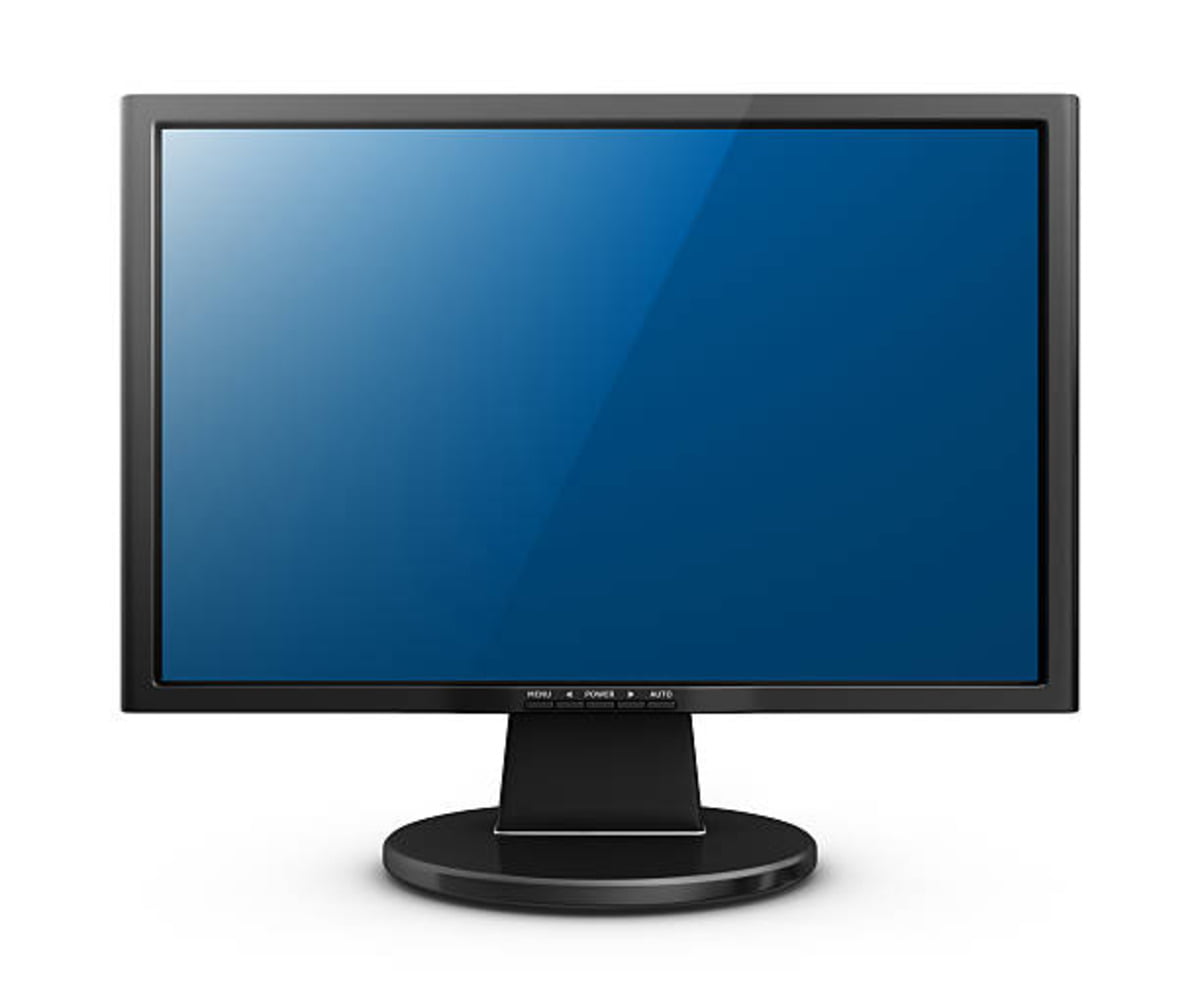Fortunately, there are some simple ways to fix screen flickering. These include disabling hardware acceleration and updating your software. If you’ve tried these solutions and still have the problem, try resetting the settings in Google Chrome and Task Manager. Sometimes, you can also try uninstalling and reinstalling problematic apps to fix the problem.
Table of Contents
Disabling hardware acceleration fixes screen flickering.
Hardware acceleration is one of the reasons that your screen flickers, but you can disable it from your computer. This can be done using the “Change settings” option in your browser. For example, if you’re using Chrome, you can disable hardware acceleration in the advanced settings.
Changing the graphics card’s driver is another way to fix screen flickering. You can find the latest version of your graphics card driver on the manufacturer’s website or use an easy guide from Device Manager to update your graphics driver. If that doesn’t work, you can try disabling hardware acceleration in the Chrome Browser.
Hardware acceleration is a feature that is a part of many applications that allow them to run faster. It is used to speed up graphics, but it’s also taxing on the GPU and can cause performance errors. Disabling it in Google Chrome will prevent it from causing screen flickering. After disabling it, you can test whether the problem still exists.
Resetting Google Chrome settings fixes screen flickering.
If you have been experiencing screen flickering, you may want to try resetting Google Chrome settings. This should fix the flickering and restore the browser’s default settings. It will also remove all cookies and extensions causing the issue. To do this, open Google Chrome and select the Customize and control menu. Then, in the Advanced section, click the Reset button. Once you have done this, the browser will reboot, and your settings will be reset to default.
If the issue persists, your graphics driver may be a problem. If the driver is outdated or faulty, then it may be the cause of the screen flickering. To update the driver, visit the manufacturer’s website and follow the steps to download the latest version. Alternatively, you can use a tool such as Driver Easy to update the graphics driver automatically.
Aside from resetting the graphics driver, you may also need to disable hardware acceleration in Chrome. Disabling this feature has also been reported to fix the flickering screen issue in Chrome. To disable hardware acceleration, load chrome://settings/. Then, click the advanced link near the bottom of the page. Next, go to the System section and toggle off the option “Use hardware acceleration when available.” Finally, if the issue persists, try restarting Chrome.
Resetting Task Manager settings fixes screen flickering
Screen flickering can be a symptom of several problems, including problems with your display driver or a problem with your refresh rate. One possible solution is to change the refresh rate on your display. To do so, open Task Manager and click “Show More details” to expand the Expert interface.
Sometimes the issue is caused by an incompatible application or a graphics driver. To rule out hardware-related causes, check whether you recently installed new software. Another possible culprit is third-party antivirus software. You should also check the cable connections to your monitor. If you still see the flickering problem, reinstall the incompatible software or remove it altogether.
Another method to fix screen flickering is by performing a system restore. If you’re experiencing a problem after installing a new application, you should try uninstalling it. You can also try creating a restore point. Select one of these restore points and confirm the settings. If the issue persists, try uninstalling the app and restarting your computer.
If an update is available, it will be installed automatically
Screen flickering is an issue in which the display’s brightness changes quickly. An underlying problem usually causes it. Whether it affects the whole display or just a portion of it, flickering can negatively affect your productivity and concentration. Luckily, you can do a few things to fix the problem.
To fix screen flickering, you first need to uninstall the apps causing the issue. Some of these can include IDT Audio, Norton Antivirus, and iCloud. To remove these programs, press Windows+I to open the Apps screen. Then, select the application and choose “Uninstall.” Advanced PC Cleanup has an Uninstall Apps module that removes traces of these programs during the uninstallation process. Once you have uninstalled any problematic programs, you can reboot your PC to check if the issue has been resolved.
Another way to fix screen flickering is to update the graphics adapter driver on your computer. Windows will check for the driver and install it automatically if an update is available. Otherwise, you can manually install the display driver by downloading it from the manufacturer’s website. Alternatively, you can click the Start button, select “Device Manager,” and navigate to “Display adapters.”

